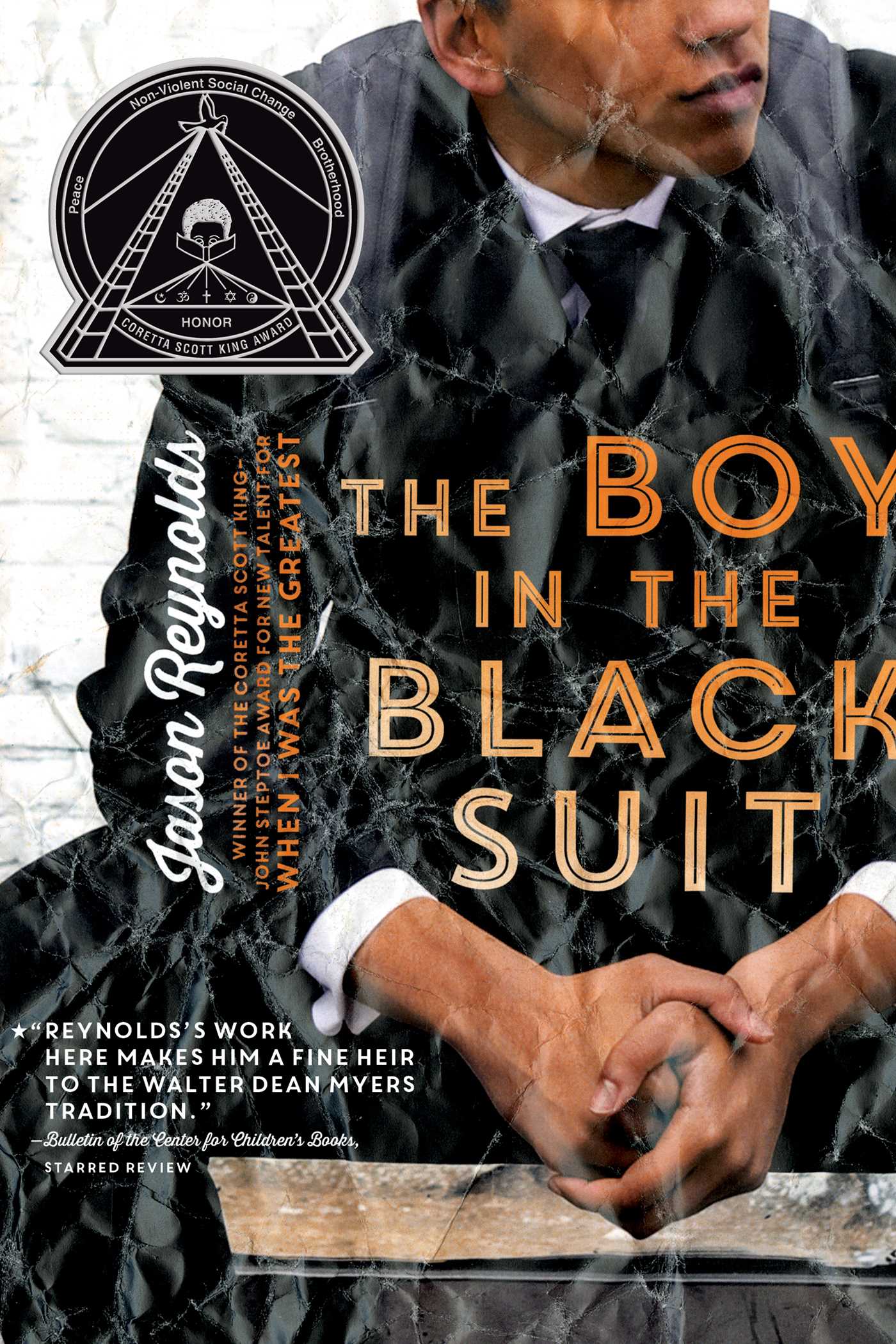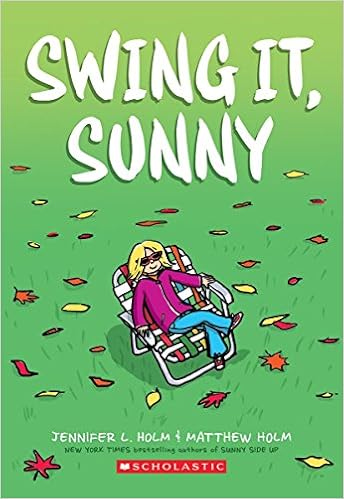 The Boy in the Black Suit
The Boy in the Black SuitJason Reynolds
Atheneum, 2015 272 pages
Grades 7-12
Realistic Fiction
Matt is several weeks late in starting his senior year at his Brooklyn high school. He has a very good reason: his mother died. Matt is not coping well and his father is coping even worse, turning to the bottle for solace. Matt's work/study job has fallen through in his absence and he is offered a replacement job at the local funeral home operated by family friend, Mr. Ray and his brothers. Matt begins wearing a black suit as a uniform for his new employment, but soon realizes that he feels more comfortable in it than his street clothes. He also finds comfort in attending the funerals he helps to host. His favorite part is when the survivors break down, finding his own grief both reflected and soothed. Meanwhile, Matt's dad gets into a serious accident while on a bender and He must learn to live alone and fend for himself with the help of Mr. Ray. Unexpected happiness comes from a funeral where the surviving granddaughter is a girl that he has encountered before and to whom he is attracted. Matt and Lovey strike up a friendship that leads to a gentle romance that proves to be beneficial and healing to both of them. By book's end Matt is on the road to recovery and is starting to stand on his own two feet without the need of the black suit or living through other people's grief.
Lately I have been reading a lot of gritty urban books. This story is set in the Bed Stuy neighborhood in Brooklyn. Although the urban setting is integral to the story and the cast of characters is African-American, it is not a book about race and is a bit less gritty than some of the other books I have recently read, some for even a younger intended audience. It is a book about overcoming grief and the importance of community. Reynolds is one of my favorite authors. His writing is descriptive and makes the reader feel that they are transported. The characters are fully drawn and practically leap off the page. There is enough of a plot to give weight to the story and move it along, but this is more of a character piece and a snapshot into a pivotal time in a young man's life when everything has fallen apart and he must learn with the help of friends and neighbors how to put it together again. The father character is weak and unable to care for Matt and his needs, but Mr. Ray picks up the slack, showing the reader that family is what we make it. The romance is sweet and innocent and adds much to both Matt's healing and to the enjoyment of the story. This book is perfect for classroom use, book discussion, and recreational reading for both teen boys and girls. When times get tough there are many things we hide behind and for Matt it is his black suit. As much as we understand his need to wrap himself within its folds, it's a relief that he finally begins to let go and embrace the rainbow beyond the grief.






